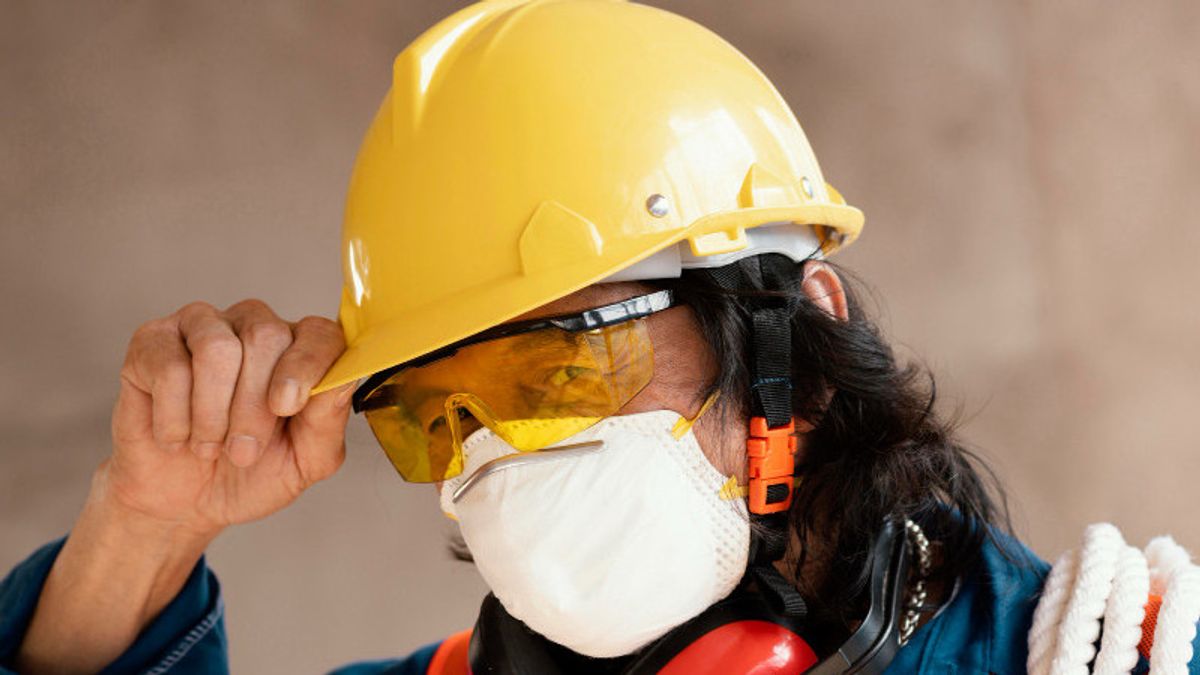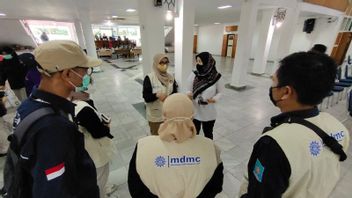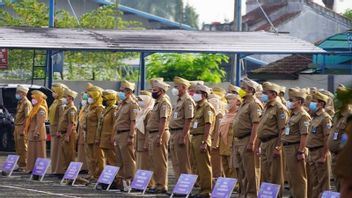
YOGYAKARTA - The use of helmets plays an important role in improving security, especially in the head area. In addition to being worn while driving, helmets are included in personal protective equipment (PPE) which is usually used in construction work. So what are the requirements for helmet requirements for personal protective equipment?
The protective helmet on construction work is referred to as a safety helmet or helmet safety. This helmet has a slightly different design from helmets for driving use. Designed as a protective device, the safety helmet has a high-quality material that is robust against collisions and fires.
That's why it's so important to distinguish between helmets for self-protection and which ones are not. Let's recognize what the helmet terms are for self-protection and its advantages.
The use of helmets in the construction project environment plays an important role in minimizing the risk of work accidents. Construction work carries risks to hazards such as collisions or falling hard objects that can hit the head. In order to prevent this, safety helmets are also required to be used every time they are at the project site.
Safety helmets are made with high-quality materials so that they are able to provide good resilience. Here are the helmet requirements as a personal protective tool that you need to know:
Safety helmets have a validity period and expiration period. Although there are no specific rules regarding the expiration date of the helmet, manufacturers are allowed to determine the time limit for using the helmet.
In general, the age of using safety helmets is usually a maximum of 4-5 years. However, this period can be shorter if the helmet has factory defects or has cracked due to collisions.
The helmet expiration date can be known through the information listed on the helmet side. Usually, manufacturers include labels that show the year and month of manufacture. From this label, the validity period of the helmet can be calculated.
In addition, the helmet life can also be recognized from its physical condition. If it has passed the validity period, helmet material usually becomes fragile, hard, and easily breaks when hit by a collision.
Helmets have the main function of protecting the head from collisions and falling hard objects, so they must be able to withstand the collision well. Based on guidance from the Occupational Safety and Health Branch (OSHB), quality helmets must be made of durable and high quality materials.
Safety helmets must have fire resistance to protect the head from the risk of fire. Examples are helmets specially designed for use by firefighters.
The ideal and safe helmet is a helmet that fits the head, not too loose or too tight, so it's comfortable to use.
The helmet worn must have passed the SNI standard. Usually there is an SNI logi embedded in the helmet which means it meets the safety standards.
Standard safety helmets for workers in industry are categorized as follows:
While the requirements regarding the performance of type II helmets must meet the following specifications:
SEE ALSO:
Such is the review of the helmet requirements for personal protective equipment designed to provide head protection from hard impacts. Every project worker is required to use a safety helmet as part of work safety. Also read the national K3 month commemoration.
Stay up to date with the latest domestic and other overseas news on VOI. We present the latest and updated information nationally and internationally.
The English, Chinese, Japanese, Arabic, and French versions are automatically generated by the AI. So there may still be inaccuracies in translating, please always see Indonesian as our main language. (system supported by DigitalSiber.id)















